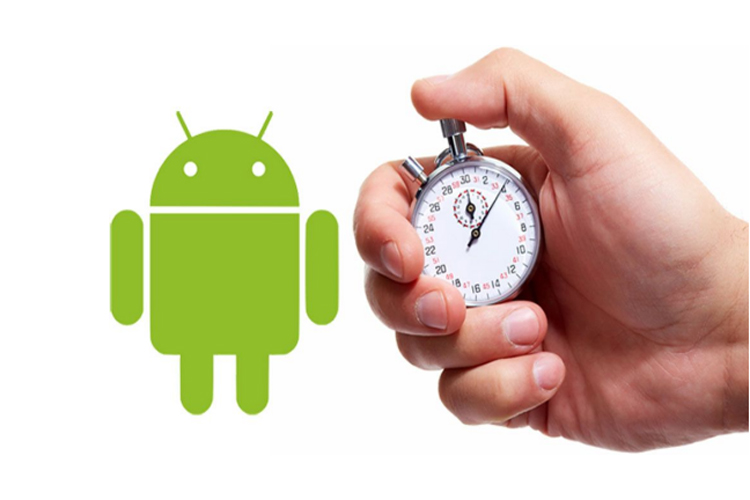One of the first steps to speeding up your Android device is to uninstall applications. Many of these will slow your phone down. The more apps that you have on your device, the slower it will be. The best way to remove these apps is to go through the Google Play Store and uninstall them. This will free up more memory for your device. Once you have done this, you can install new apps that will improve the performance of your Android device.
Another way to speed up your Android device is to disable background apps. Many apps operate in the background, including updating your phone, syncing accounts, and gathering information. By turning off these apps, you can speed up your device. To do this, you must first turn on Developer Options on your device. Then, go into the Apps section and tap on the “Browse Applications” tab.
Another way to speed up your Android device is to delete any apps that use too much memory. To do this, open the Developer Options menu and choose “Process Stats.” This will show you how much memory each app is using. Not all apps are bad for performance. But removing these apps is a good step toward speeding up your Android device. If you still have a lot of uninstalled applications, you should try to delete them.
Another way to speed up your Android device is to delete all unnecessary apps. The software that takes up space on your device is called an app. This process requires a lot of RAM and can take up a lot of storage space. Also, installing unnecessary apps can also reduce battery life. To remove unnecessary apps, you can restart your device. To do this, simply hold down the power button and tap the “Restart” option. Your smartphone should now start up again.
If you’re using an older Android device, you can disable the apps that run in the background. The most important thing to do is disable any background apps that are running in the background. This will help your phone run faster by reducing the memory usage. However, this method will decrease the battery life by about 10%. The only downside to this method is that it uses more power than the software alternatives. So, you should always disable them if you wish to speed up your Android device.
Disabling unwanted apps is a great way to speed up your Android device. By disabling these, you will be able to reduce the amount of memory it uses and make it run faster. Enabling apps will also help you keep your device working at its best. If you’re using an older model of an Android phone or tablet, you should consider enabling developer mode on the device. By doing this, you’ll be able to optimize the system and give it a better performance.
The number one way to speed up your Android phone or tablet is to disable unnecessary apps. You can do this by enabling the Developer Option in the Settings menu. Once enabled, the option allows you to disable animations. This will allow your device to run faster, and it will also make your device more responsive and stable. This is the best way to speed up your Android device. And the best part is that it’s free!
Disabling animations is another great way to speed up your Android device. By disabling these, you’ll be able to use your phone or tablet at a faster rate. For example, you can enable the developer option to force GPU rendering, which will make your Android device run faster. This method will also cut your battery life by around 10%. While this is a good way to speed up your Android phone or tablet, you should avoid installing any unnecessary apps.
Aside from uninstalling useless apps, you can also try enabling the developer mode. This will make your Android device faster. This is an excellent way to speed up your device without causing any damage to the hardware. It also gives your old device a new lease of life, which is always nice. Just be sure to try these steps and follow the instructions carefully. It’s very easy to speed up your Android phone or tablet if you want to make it more responsive and efficient.
